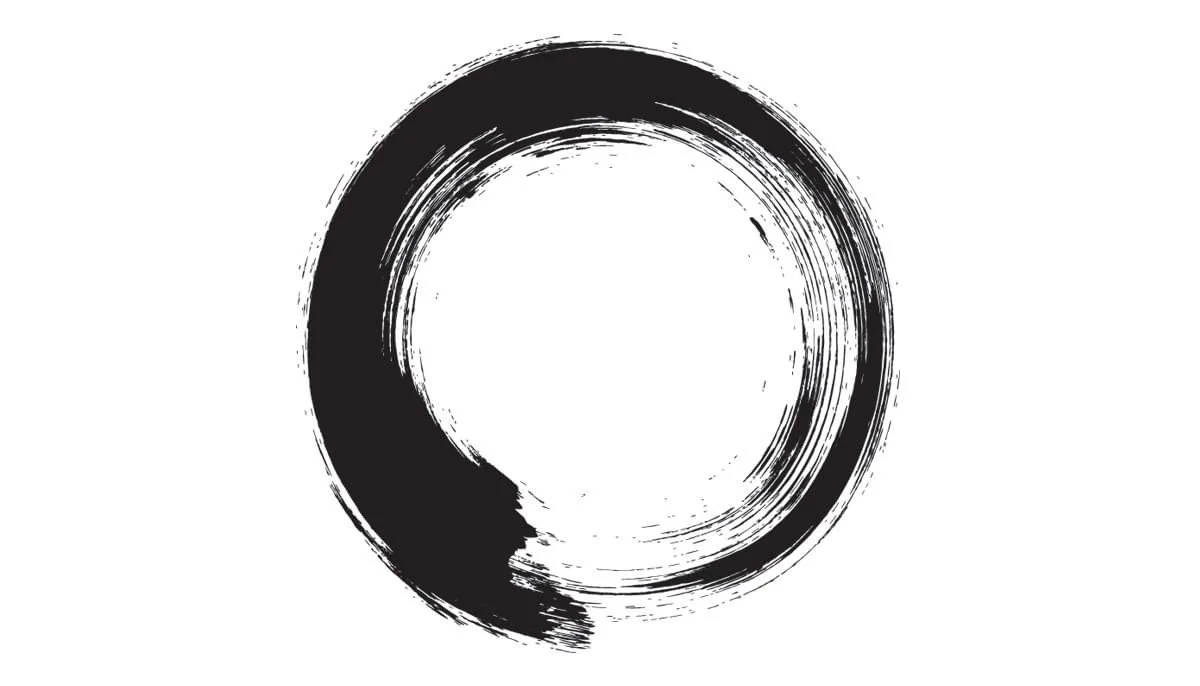Grounded
While mechanically systematized approaches to the voice may lead to technical proficiency and consistency, there is also the possibility that they may lead a vocalist to a cycle of overthinking, manipulation of sound, and self-judgment around perceived flaws— this was certainly true for me.
Over time, my approach to instruction has changed from one that is entirely based in technical proficiency to one that is informed by technical change, but not defined by it.
Lesson participants and I collaborate on discovering ways that they can feel grounded in their body, connected to their voice, and accepting of their process.
Core Teaching Philosophy
In my experience, the foundation of healthy, efficient singing is physically based in the following:
Grounded, energized, and balanced body alignment
Freedom of function in respiration
Freedom of function in the vocal tract and articulators
Vowel and resonance adjustment appropriate to range and registration change prompts from the body
In addition to the physicality of singing listed above, the artistic learning process as a whole is scaffolded on:
Self-compassion and kindness
Mindfulness and attention
Relationship and collaboration as a core value
Consistency and resilience
Shared humanity
Lesson Tools and Accommodations
I teach using a combination of nonviolent communication, emphasis on compassion for self and others, and practices drawn from my background in contemplative disciplines.
I recognize, respect, and am grateful for the inherent worth of every human being I have the opportunity to meet regardless of identity, cultural background, or ideology
I actively seek to undermine traditional power structures within the lesson dynamic, and to partner with lesson participants in a shared process.
I do everything I can to make my lesson environment accessible and adaptable to participants, including but not limited to the following:
Presence or absence of a window covering on the door during lessons
Predictability of the lesson structure and environment
Frequency and duration of eye-to-eye contact
Frequency and duration of eye-to-body contact
Whether or not physical touch is permissible as part of your instruction
Amount of light in the studio environment
Presence of ambient sound in the studio environment
Availability of sensorimotor assistance devices (fidget toys)
Presence/absence of scent in the studio
Freedom to stop a lesson due to distress
Freedom to share your life circumstances with me, to the degree you are comfortable, as they relate to our work together


